Home>Furniture & Design>Interior Design Trends>How Does Liquid Glass Work
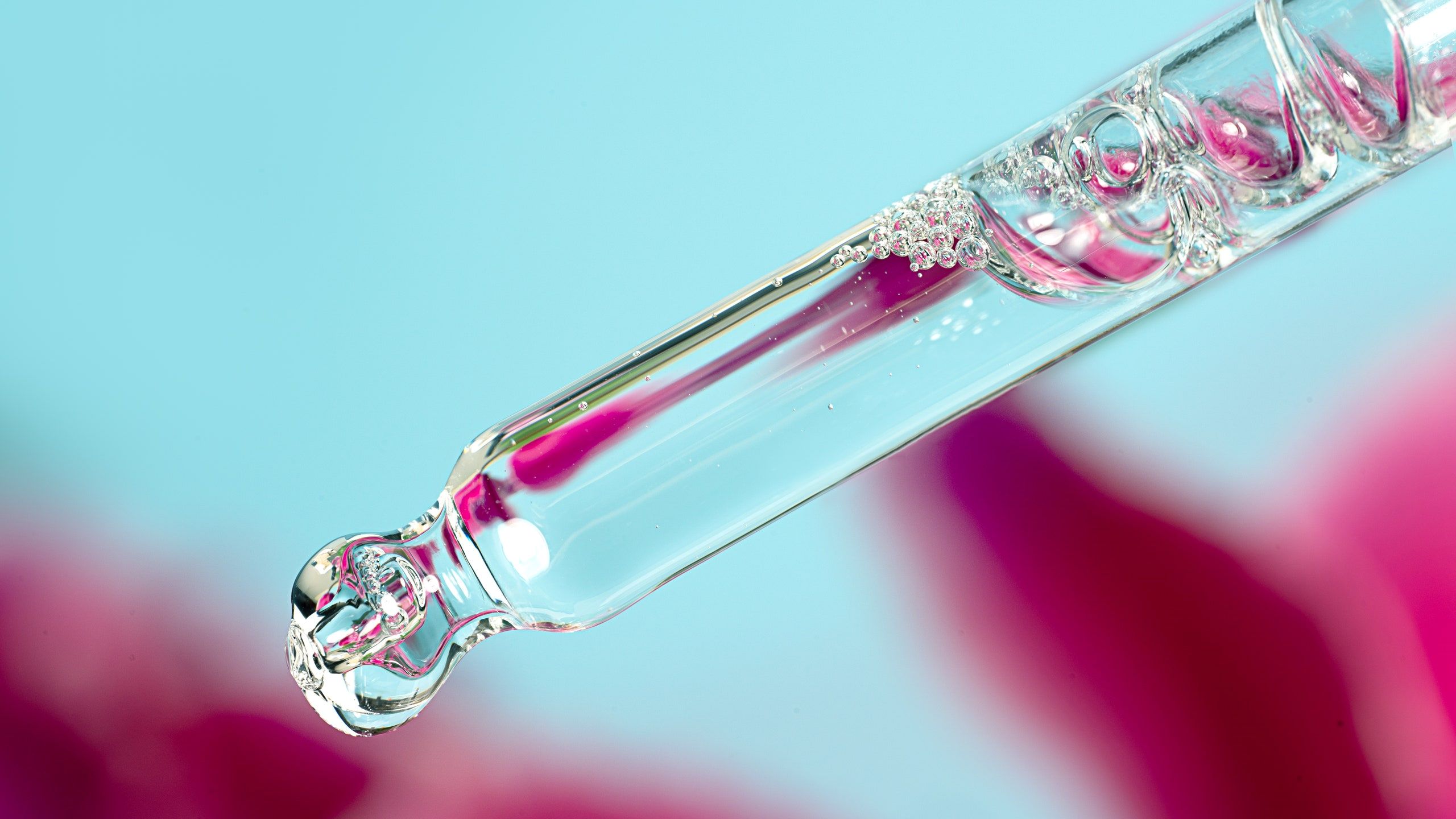

Interior Design Trends
How Does Liquid Glass Work
Modified: February 18, 2024
Discover how liquid glass works and its impact on interior design trends. Explore the innovative use of this material in modern interior design.
(Many of the links in this article redirect to a specific reviewed product. Your purchase of these products through affiliate links helps to generate commission for Storables.com, at no extra cost. Learn more)
Introduction
Liquid glass, also known as "liquid glass coating" or "nano liquid glass," has been making waves in the world of interior design and home improvement. This innovative technology has revolutionized the way surfaces are protected and maintained, offering a range of benefits that cater to the needs of modern homeowners and interior designers.
Liquid glass is not your ordinary coating; it is a versatile and durable solution that provides an invisible layer of protection to various surfaces, including glass, ceramics, metal, and even textiles. Its ability to repel water, dirt, and bacteria makes it a game-changer in the interior design industry, offering a seamless blend of functionality and aesthetics.
As homeowners and designers seek sustainable and low-maintenance solutions, liquid glass has emerged as a frontrunner in addressing these needs. Its application extends beyond traditional surfaces, finding its way into furniture, countertops, and even electronic devices, adding a layer of resilience and longevity to everyday items.
In this article, we will delve into the science behind liquid glass, explore its diverse applications in interior design, and weigh its advantages and disadvantages. By the end of this journey, you will gain a comprehensive understanding of how liquid glass works and how it can elevate the functionality and appeal of interior spaces.
Key Takeaways:
- Liquid glass is a cutting-edge technology that creates an invisible shield on surfaces, making them water-repellent, easy to clean, and resistant to scratches. It’s like a superhero cape for your furniture and gadgets!
- While liquid glass offers durable protection and enhanced aesthetics, its application may require specialized knowledge and initial investment. However, its eco-friendly nature and versatile applications make it a game-changer in interior design.
Read more: How Does Liquid Crystal Glass Work?
What is Liquid Glass?
Liquid glass, also referred to as "liquid glass coating" or "nano liquid glass," is a cutting-edge technology that has redefined the way surfaces are protected and maintained. At its core, liquid glass is a versatile and transparent coating that forms a protective layer on various surfaces, including glass, ceramics, metal, and textiles. This nanotechnology-based solution is designed to enhance the durability and resilience of surfaces while offering numerous functional and aesthetic benefits.
The formulation of liquid glass typically consists of silicon dioxide, a compound known for its exceptional hardness and resistance to environmental factors. When applied to a surface, the liquid glass forms a nano-scale layer that bonds with the substrate, creating a durable and imperceptible shield. This protective layer exhibits remarkable properties, including water and dirt repellence, resistance to scratches, and even antibacterial characteristics.
One of the key features of liquid glass is its versatility. It can be applied to a wide range of surfaces, making it a valuable solution for interior designers, homeowners, and manufacturers. From glass windows and ceramic tiles to metal fixtures and textiles, the application of liquid glass extends across diverse materials, offering a seamless and unobtrusive protective coating.
Moreover, liquid glass is known for its eco-friendly attributes. As a non-toxic and non-flammable substance, it aligns with the growing demand for sustainable and environmentally conscious design solutions. Its ability to enhance the longevity of surfaces and reduce the need for harsh cleaning chemicals further contributes to its eco-friendly profile.
In essence, liquid glass represents a paradigm shift in surface protection and maintenance. Its transparent and durable nature, coupled with its versatile applications and eco-friendly characteristics, positions it as a game-changing technology in the realm of interior design and home improvement. As we delve deeper into the science behind liquid glass and its applications, we will uncover the transformative potential it holds for modern living spaces.
The Science Behind Liquid Glass
Liquid glass, often referred to as "liquid glass coating" or "nano liquid glass," is underpinned by a fascinating scientific foundation that sets it apart as a revolutionary technology in surface protection and enhancement. At its core, the science behind liquid glass revolves around the unique properties of silicon dioxide, the primary component of this innovative coating.
Silicon dioxide, also known as silica, is a compound renowned for its exceptional hardness and resistance to environmental factors. In the context of liquid glass, this compound serves as the building block for the protective layer that forms upon application. The formulation of liquid glass involves the manipulation of silicon dioxide at the nanoscale, resulting in a transparent and imperceptible coating that bonds with the substrate at a molecular level.
The nanoscale nature of the liquid glass coating is pivotal to its effectiveness. By forming a nano-scale layer on the surface, liquid glass creates a durable shield that exhibits remarkable properties. One of the key attributes of this protective layer is its hydrophobic nature, which imparts water-repellent characteristics to the treated surface. This means that water and other liquids are unable to adhere to the coated surface, resulting in easy cleaning and maintenance.
Furthermore, the nanostructure of liquid glass contributes to its resistance to dirt, dust, and other contaminants. The smooth and impermeable surface created by the coating minimizes the adhesion of particles, making it easier to maintain cleanliness and hygiene. Additionally, the application of liquid glass has been shown to exhibit antibacterial properties, further enhancing its appeal in environments where hygiene is paramount.
The science behind liquid glass extends beyond its protective properties. Its ability to enhance the durability of surfaces, resist scratches, and withstand environmental stressors is rooted in the molecular structure of the coating. This scientific foundation underpins the versatility of liquid glass, allowing it to be applied to a wide range of materials, including glass, ceramics, metal, and textiles, without compromising their visual appeal or tactile qualities.
In essence, the science behind liquid glass represents a convergence of nanotechnology, material science, and surface engineering, culminating in a transformative solution for interior design and home maintenance. As we explore the diverse applications of liquid glass in the next section, we will witness how its scientific underpinnings translate into tangible benefits for modern living spaces.
Applications of Liquid Glass
The versatility and transformative properties of liquid glass extend its applications across a wide spectrum of interior design and home maintenance. From enhancing the durability of surfaces to elevating the aesthetic appeal of everyday items, the diverse applications of liquid glass underscore its significance in modern living spaces.
Surface Protection and Maintenance
One of the primary applications of liquid glass is in surface protection and maintenance. It can be applied to glass windows, ceramic tiles, and metal fixtures, creating a durable and imperceptible shield that repels water, dirt, and bacteria. This not only simplifies the cleaning process but also prolongs the lifespan of surfaces, reducing the need for frequent maintenance and harsh cleaning chemicals.
Read more: How To Use Liquid Glass
Furniture and Countertops
Liquid glass finds extensive use in protecting and enhancing the resilience of furniture and countertops. Whether it's wooden tables, marble surfaces, or kitchen countertops, the application of liquid glass adds a layer of protection against scratches, stains, and spills. This not only preserves the visual appeal of the furniture but also simplifies maintenance, making it an ideal solution for high-traffic areas and households with children or pets.
Textiles and Upholstery
In the realm of interior design, liquid glass has emerged as a game-changer for textiles and upholstery. By applying liquid glass to fabrics such as sofas, curtains, and carpets, designers and homeowners can impart water and stain resistance without compromising the texture or breathability of the materials. This opens up new possibilities for incorporating luxurious fabrics into interior spaces while ensuring their longevity and ease of maintenance.
Electronic Devices and Gadgets
The applications of liquid glass extend beyond traditional surfaces to electronic devices and gadgets. By treating smartphones, tablets, and other electronic devices with liquid glass, users can benefit from enhanced durability, reduced fingerprint smudges, and easier cleaning. This not only extends the lifespan of electronic devices but also enhances the user experience by maintaining a pristine and hygienic surface.
Automotive Surfaces
Liquid glass has also found its way into the automotive industry, where it is used to protect and maintain the exterior and interior surfaces of vehicles. From glass windows and headlights to leather upholstery and dashboard panels, the application of liquid glass enhances the resilience of automotive surfaces, making them easier to clean and resistant to environmental wear and tear.
In essence, the applications of liquid glass span across diverse facets of interior design and home maintenance, offering a multifaceted solution for protecting, enhancing, and maintaining various surfaces and materials. As the demand for sustainable and low-maintenance design solutions continues to rise, the versatility and effectiveness of liquid glass position it as a transformative technology with far-reaching implications for modern living spaces.
Read more: What Is Liquid Glass
Advantages and Disadvantages of Liquid Glass
Liquid glass, with its remarkable properties and versatile applications, offers a host of advantages that cater to the needs of interior designers, homeowners, and manufacturers. However, it is essential to consider the potential drawbacks to gain a comprehensive understanding of its implications in interior design and home maintenance.
Advantages
-
Durable Protection: Liquid glass creates a durable and imperceptible shield on surfaces, enhancing their resilience against scratches, stains, and environmental stressors. This prolonged protection reduces the frequency of maintenance and contributes to the longevity of treated surfaces.
-
Hydrophobic and Self-Cleaning: The hydrophobic nature of liquid glass repels water and other liquids, making treated surfaces easy to clean and maintain. Additionally, the self-cleaning properties minimize the accumulation of dirt and contaminants, promoting a hygienic environment.
-
Versatile Applications: From glass and ceramics to textiles and electronic devices, liquid glass can be applied to a wide range of materials without compromising their visual appeal or functionality. This versatility expands its utility across diverse interior design and home maintenance needs.
-
Environmental Benefits: As a non-toxic and non-flammable substance, liquid glass aligns with the growing demand for sustainable and eco-friendly design solutions. Its ability to reduce the use of harsh cleaning chemicals further contributes to its environmental profile.
-
Enhanced Aesthetics: By preserving the pristine appearance of surfaces and materials, liquid glass enhances the aesthetic appeal of interior spaces. It allows designers to incorporate luxurious and delicate materials without compromising their longevity.
Disadvantages
-
Application Complexity: The application of liquid glass may require specialized knowledge and equipment, making it challenging for DIY projects. Professional application may involve additional costs and logistical considerations.
-
Initial Investment: While the long-term benefits of liquid glass are evident, the initial investment in applying the coating to multiple surfaces or items may pose a financial consideration for homeowners and designers.
-
Surface Preparation: Proper surface preparation is crucial for the effective application of liquid glass. This may involve thorough cleaning and treatment, adding to the time and effort required for the implementation of the coating.
-
Limited Repair Options: In the event of damage to a liquid glass-coated surface, repairing or reapplying the coating may require professional intervention, potentially adding to maintenance costs.
-
Regulatory Compliance: Depending on the specific formulation and application of liquid glass, regulatory compliance and safety considerations may need to be addressed, especially in commercial or industrial settings.
In weighing the advantages and disadvantages of liquid glass, it becomes evident that its transformative potential in interior design and home maintenance is accompanied by considerations that warrant careful evaluation. By understanding the nuanced implications of this technology, designers and homeowners can make informed decisions regarding its integration into their living spaces.
Conclusion
In conclusion, the advent of liquid glass technology has ushered in a new era of surface protection and enhancement in the realm of interior design and home maintenance. With its scientific underpinnings rooted in nanotechnology and material science, liquid glass offers a multifaceted solution that addresses the evolving needs of modern living spaces. Its ability to create a durable and imperceptible shield on various surfaces, coupled with its hydrophobic and self-cleaning properties, positions it as a transformative technology with far-reaching implications.
The applications of liquid glass span across a diverse array of surfaces and materials, from glass windows and ceramic tiles to textiles, electronic devices, and automotive surfaces. This versatility, combined with its eco-friendly attributes and enhanced aesthetics, underscores its potential to redefine the way surfaces are protected, maintained, and integrated into interior spaces. By offering durable protection, reducing maintenance requirements, and enhancing the longevity of surfaces, liquid glass aligns with the growing demand for sustainable and low-maintenance design solutions.
While the advantages of liquid glass are evident, it is essential to consider the potential complexities and considerations associated with its application and maintenance. From the initial investment and surface preparation to regulatory compliance and repair options, a comprehensive understanding of the advantages and disadvantages enables informed decision-making for designers, homeowners, and manufacturers.
As the demand for sustainable and resilient design solutions continues to rise, the transformative potential of liquid glass in interior design and home maintenance becomes increasingly apparent. Its seamless blend of functionality and aesthetics, coupled with its eco-friendly profile, positions it as a valuable asset in creating modern living spaces that prioritize durability, hygiene, and visual appeal.
In essence, the integration of liquid glass technology represents a paradigm shift in how surfaces are protected and maintained, offering a glimpse into a future where sustainable, low-maintenance, and visually captivating living spaces converge. As designers and homeowners embrace the possibilities presented by liquid glass, they embark on a journey towards redefining the resilience and aesthetic allure of interior spaces, setting the stage for a new standard in surface protection and enhancement.
Frequently Asked Questions about How Does Liquid Glass Work
Was this page helpful?
At Storables.com, we guarantee accurate and reliable information. Our content, validated by Expert Board Contributors, is crafted following stringent Editorial Policies. We're committed to providing you with well-researched, expert-backed insights for all your informational needs.

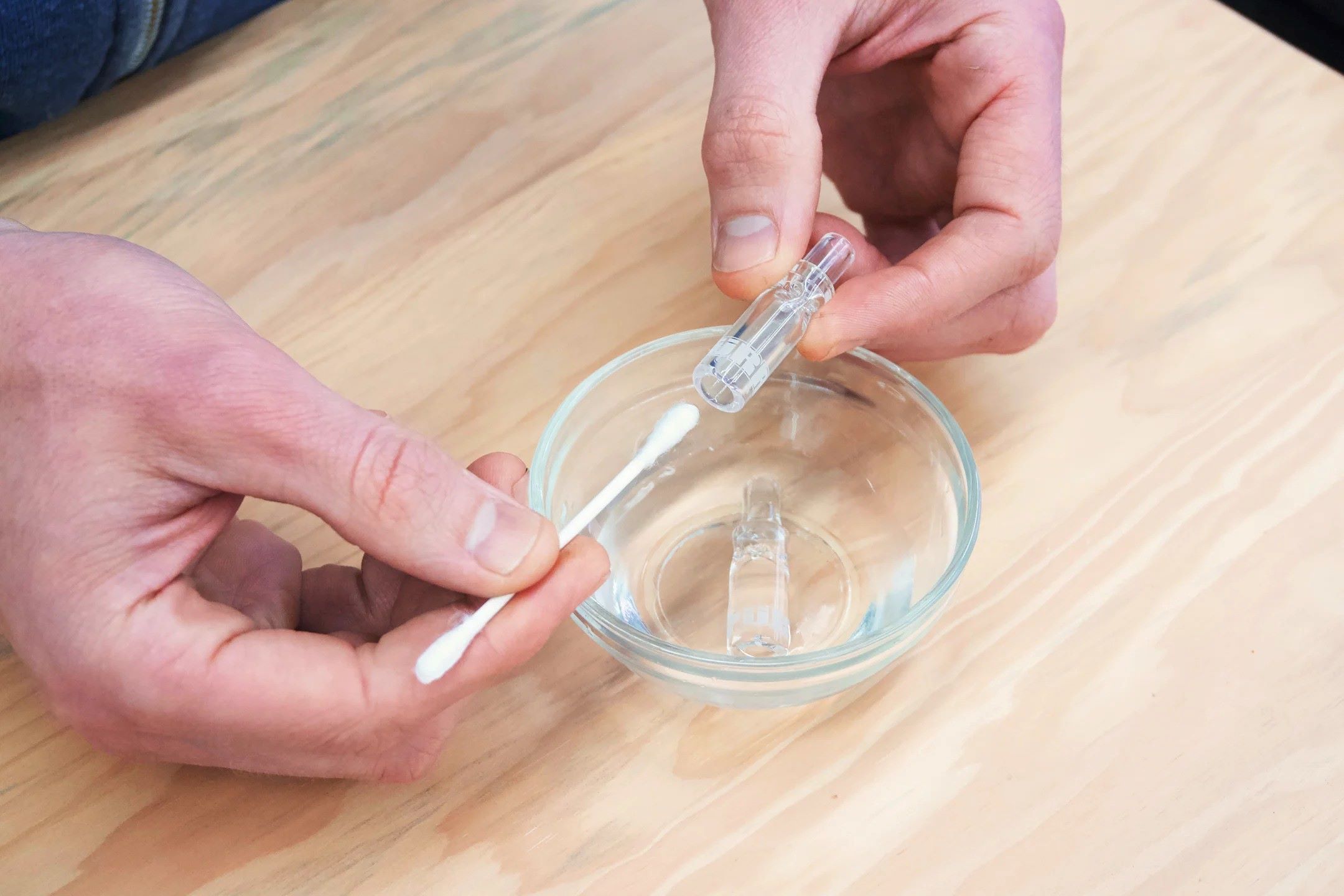
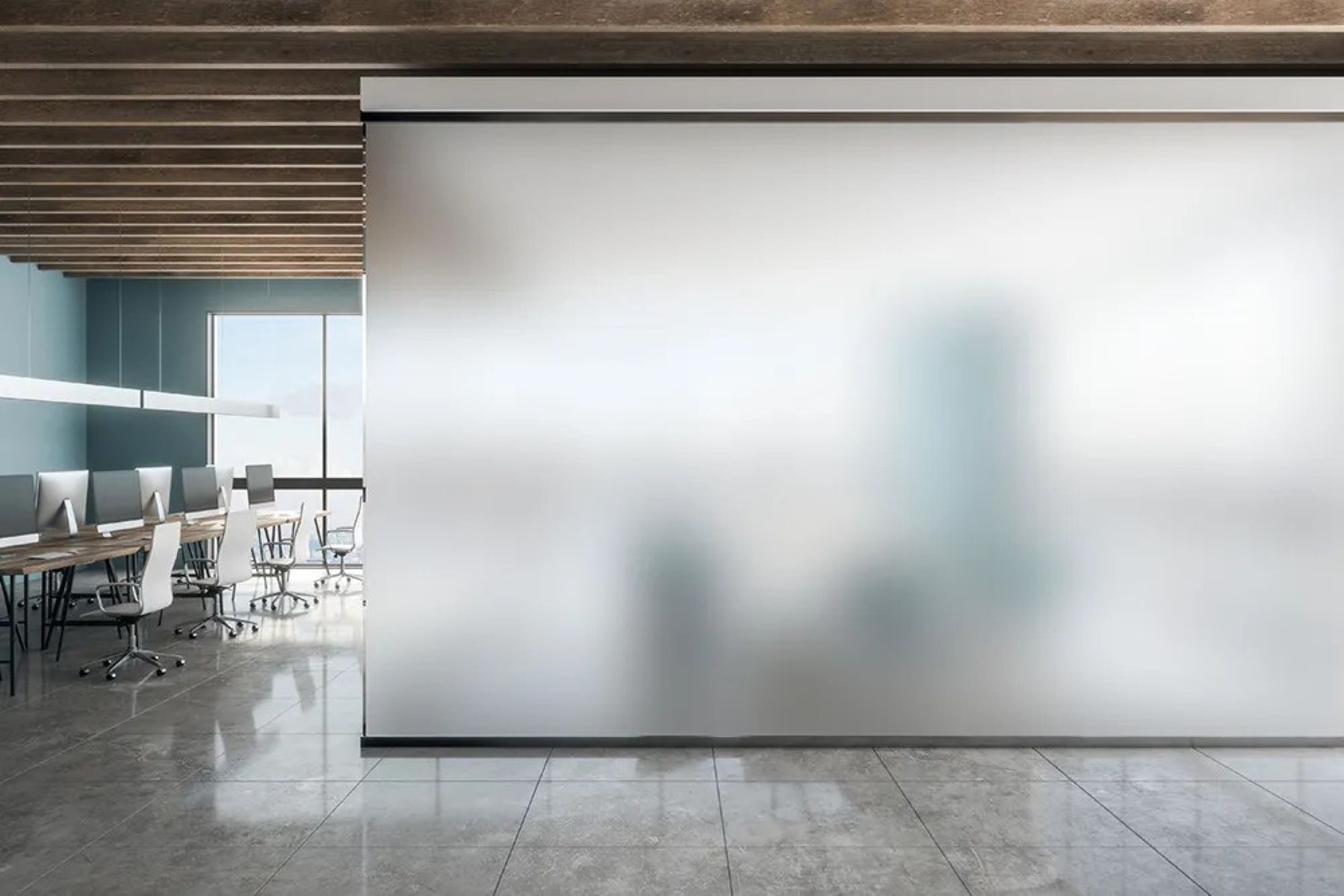
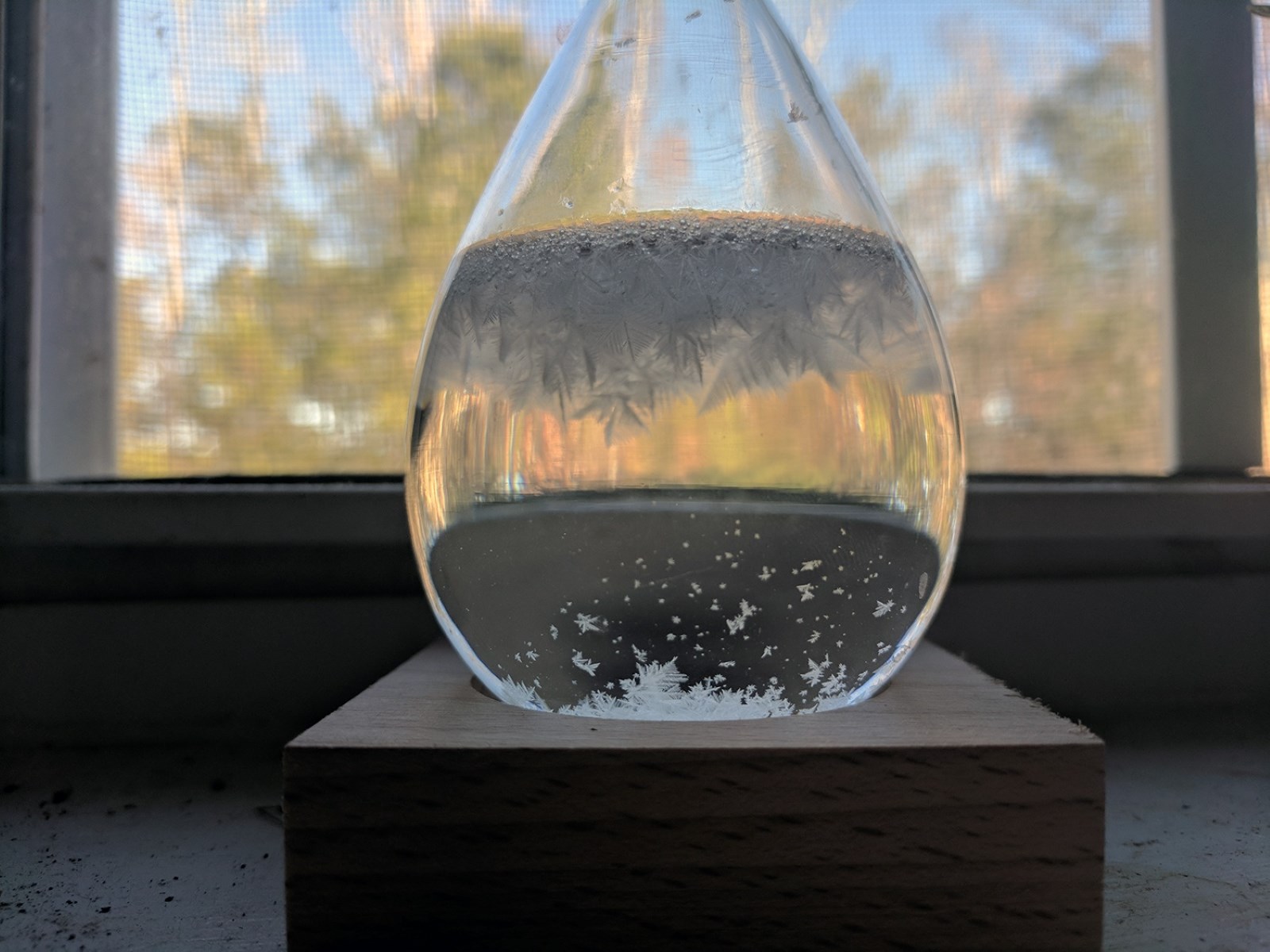

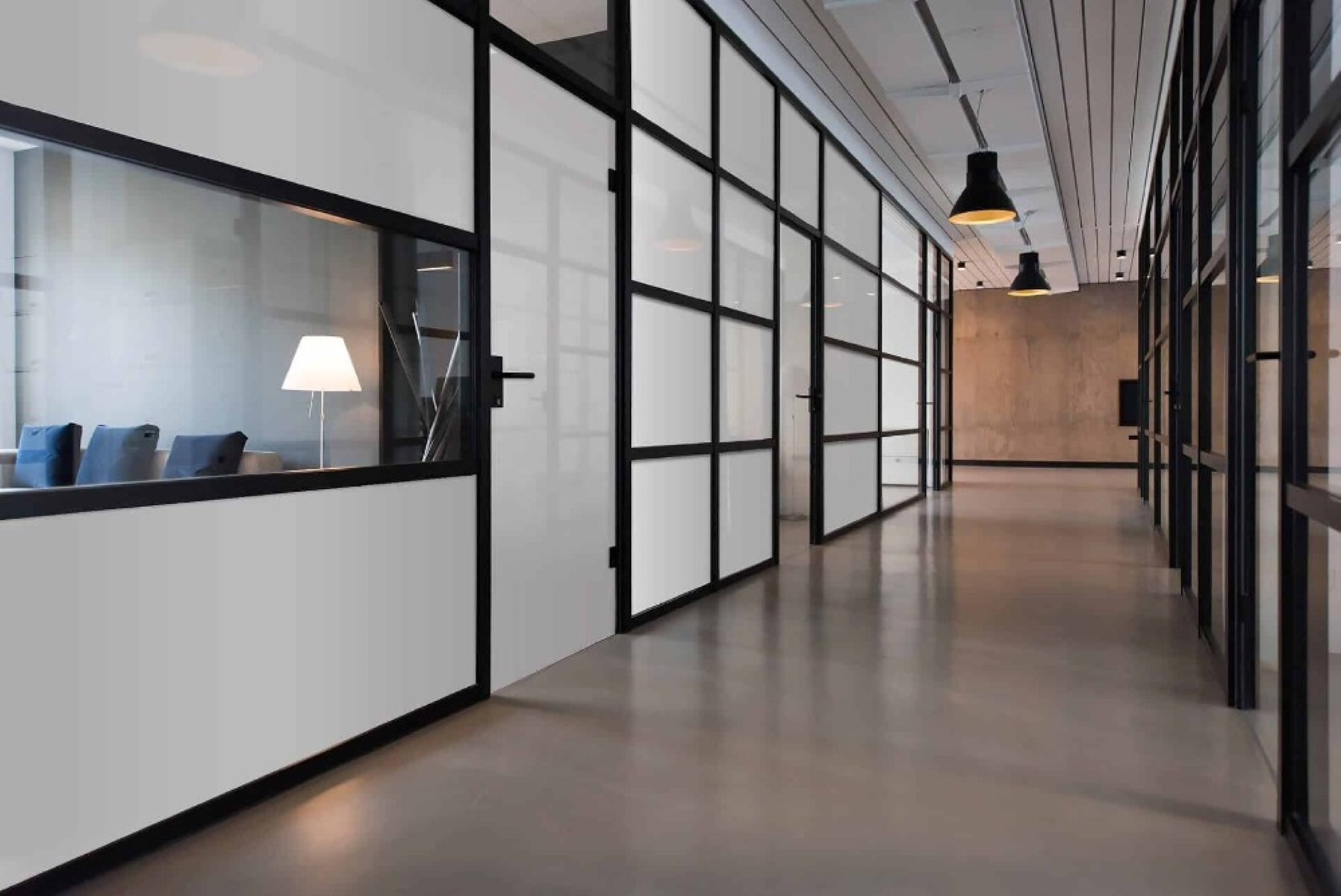
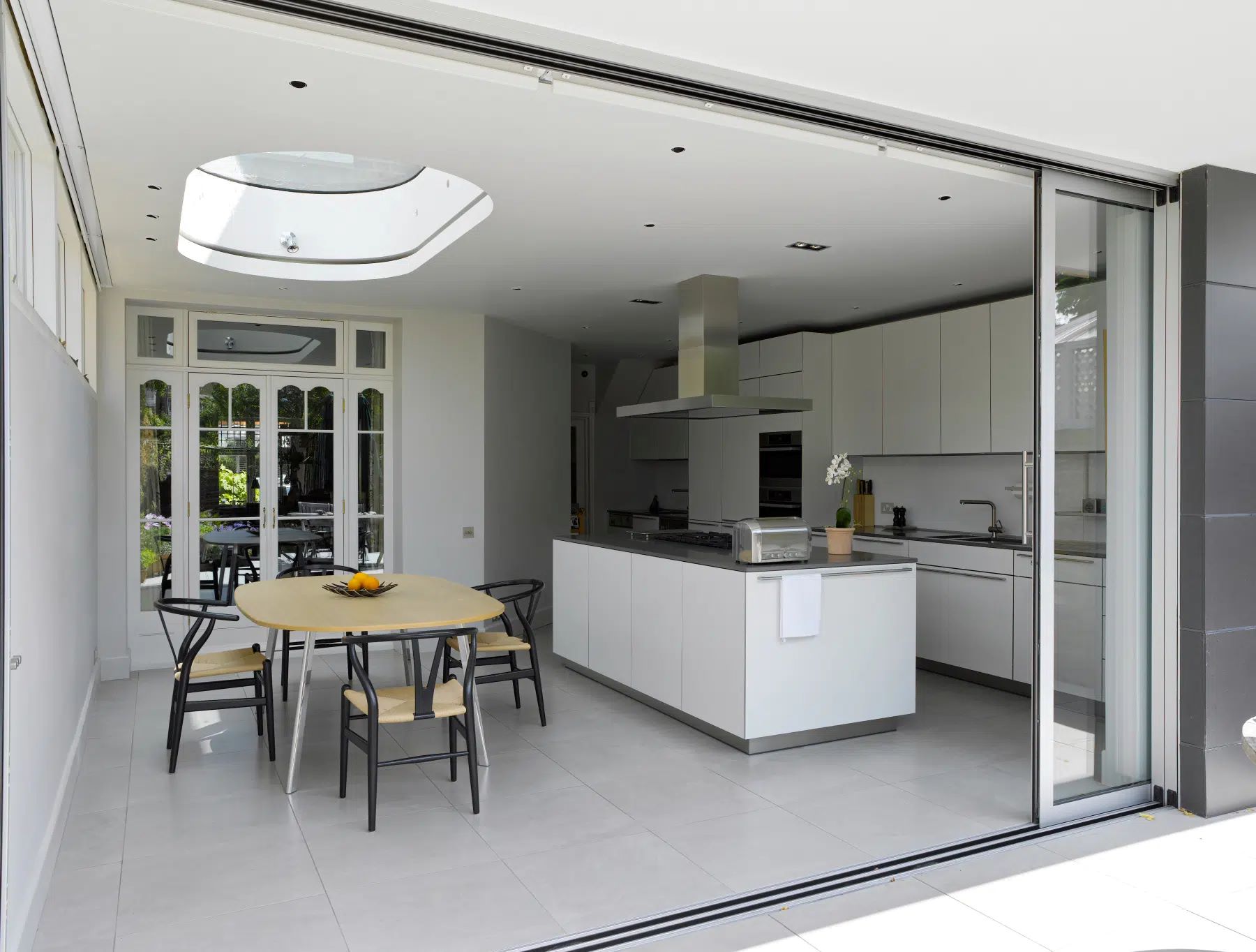
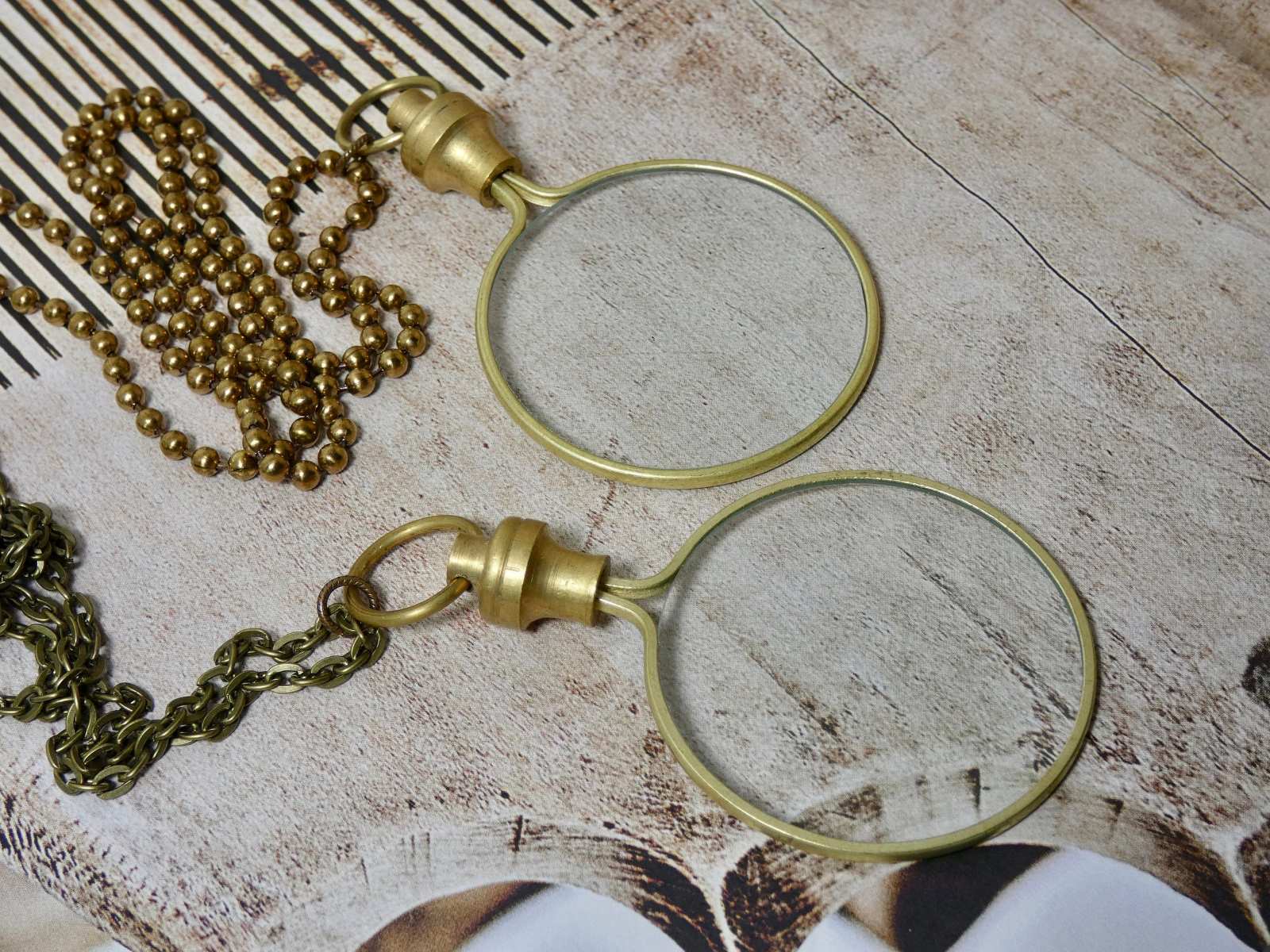
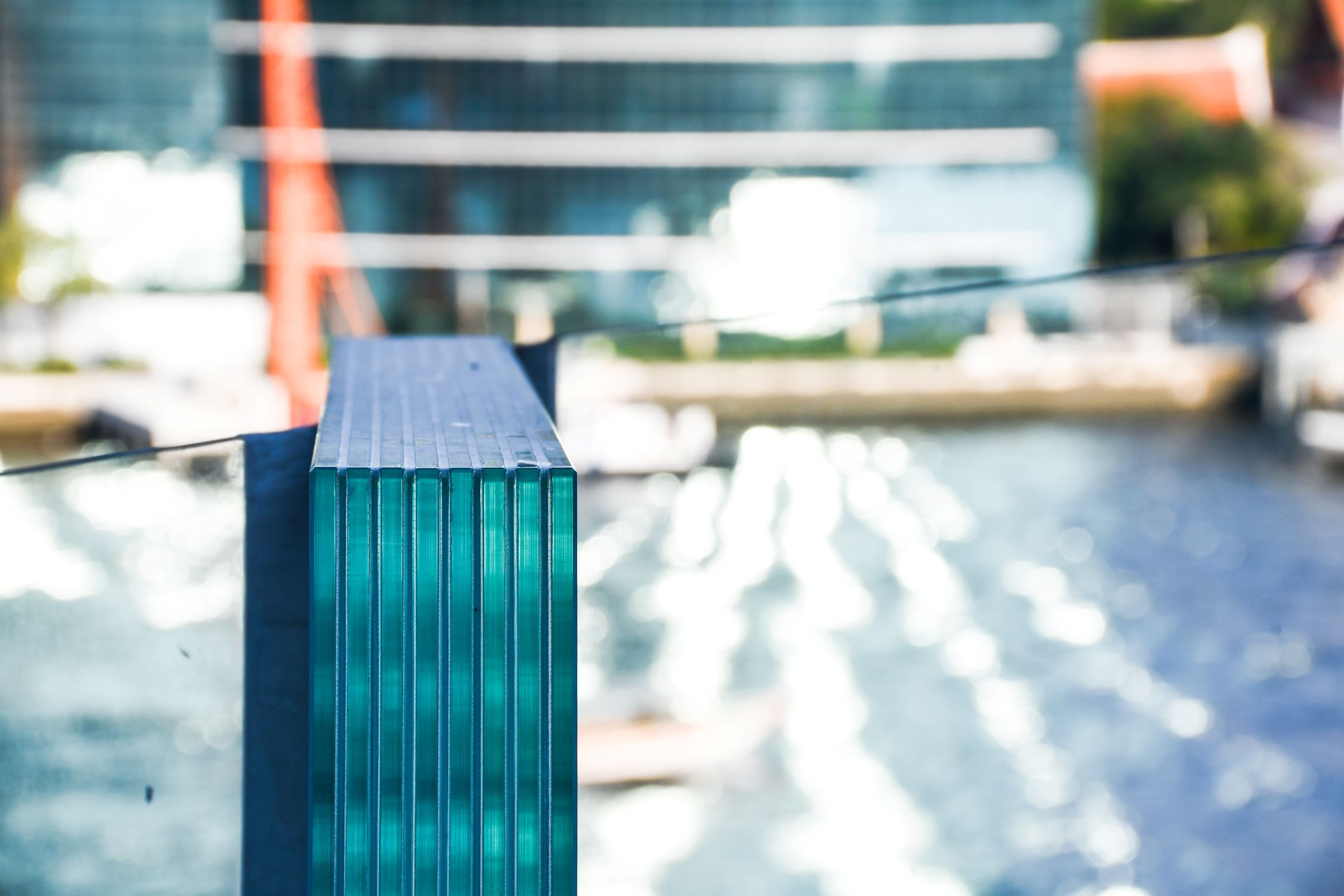
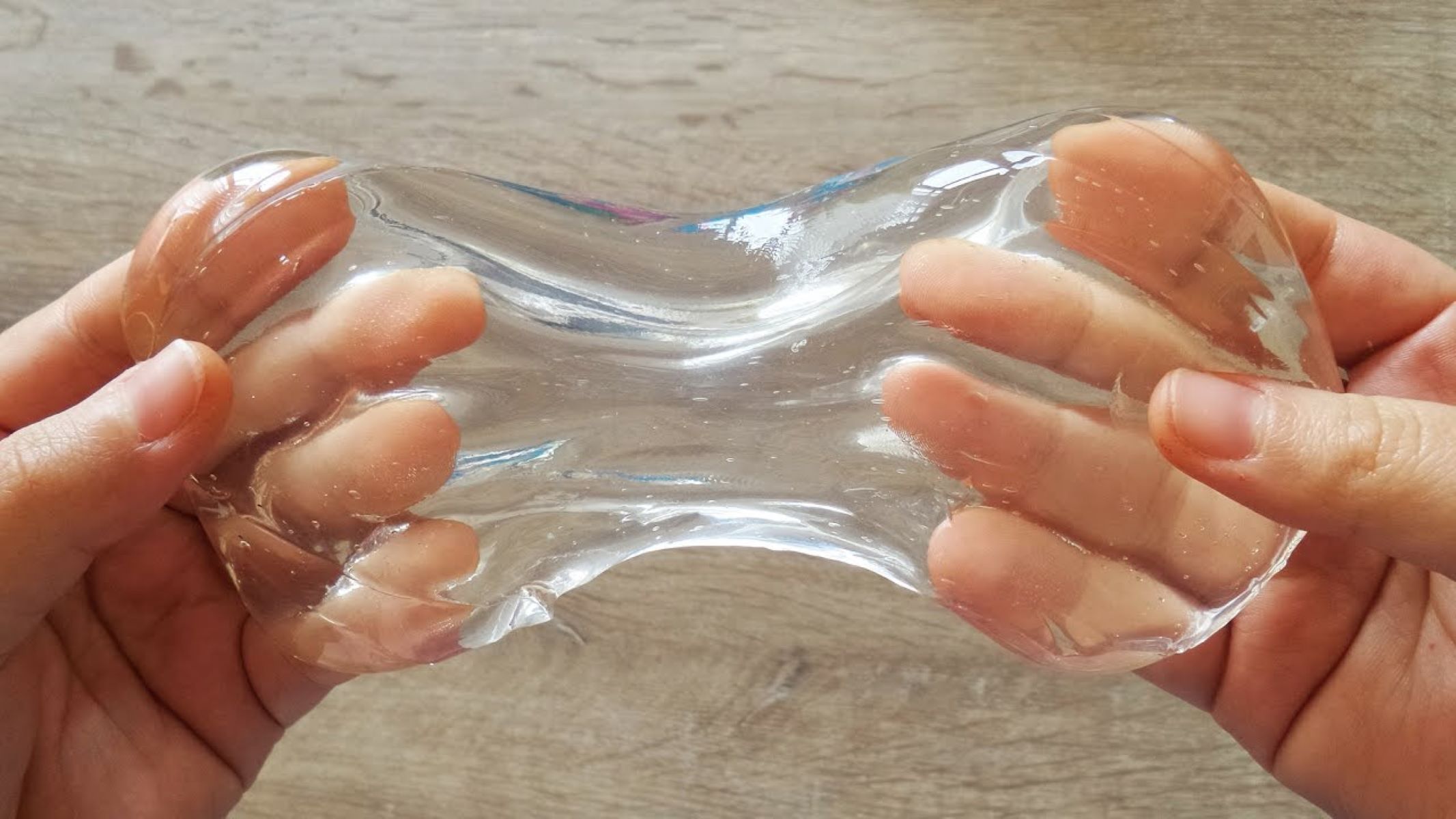
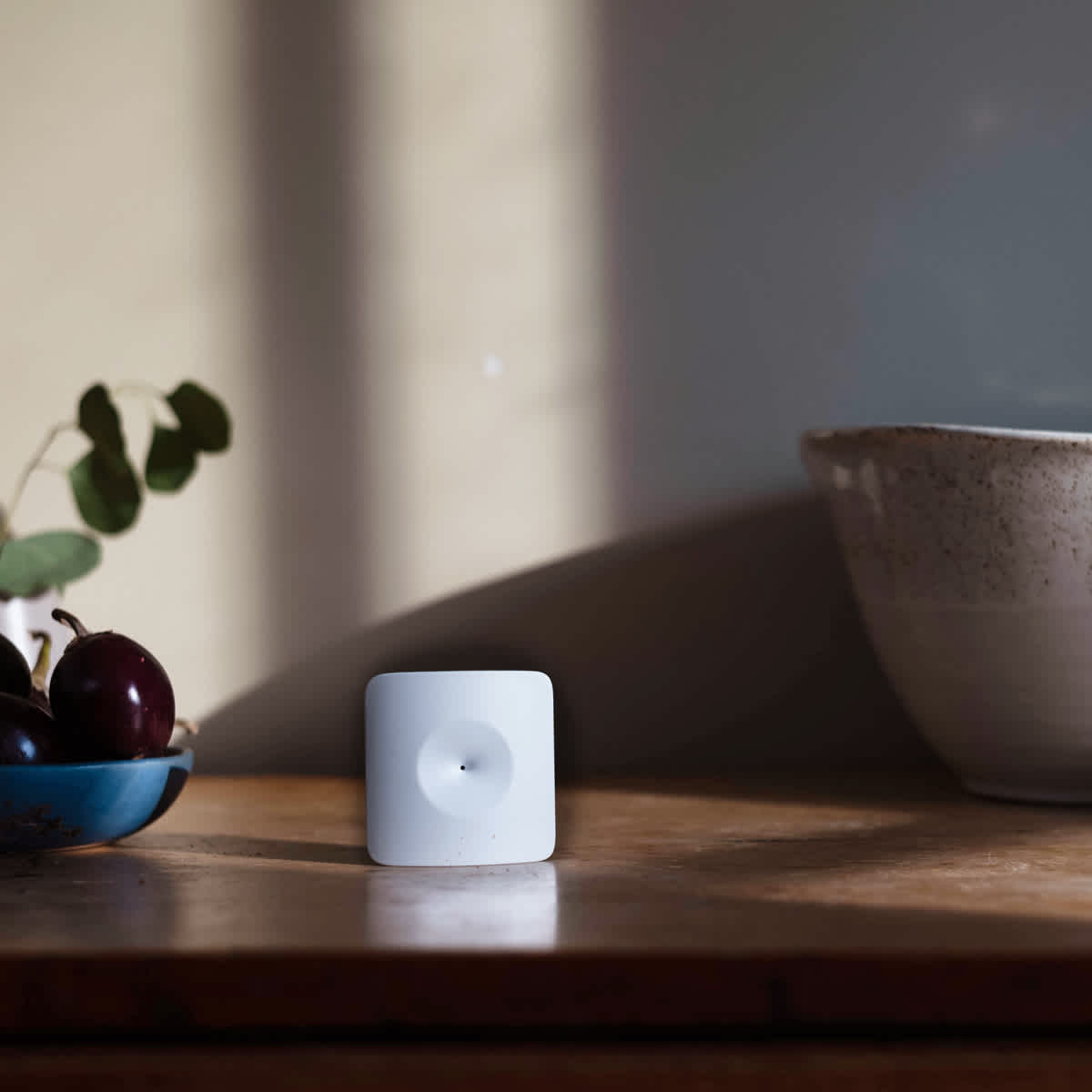
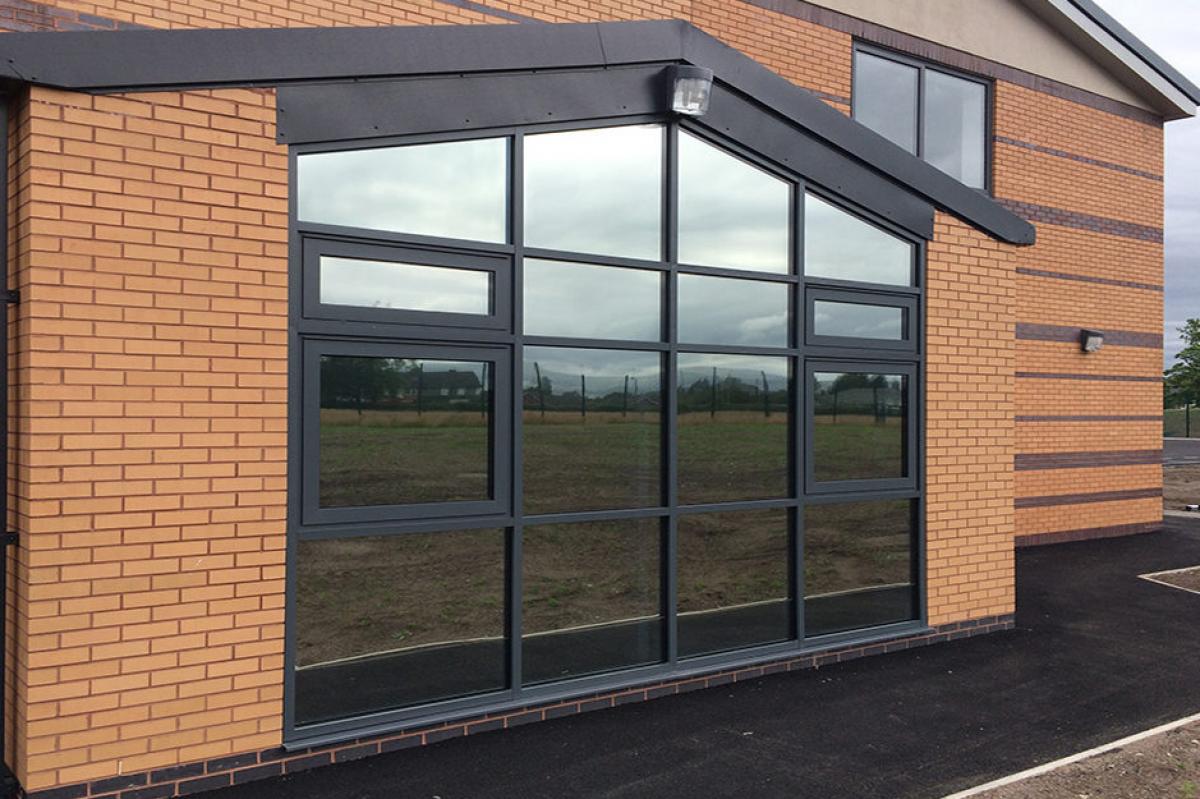
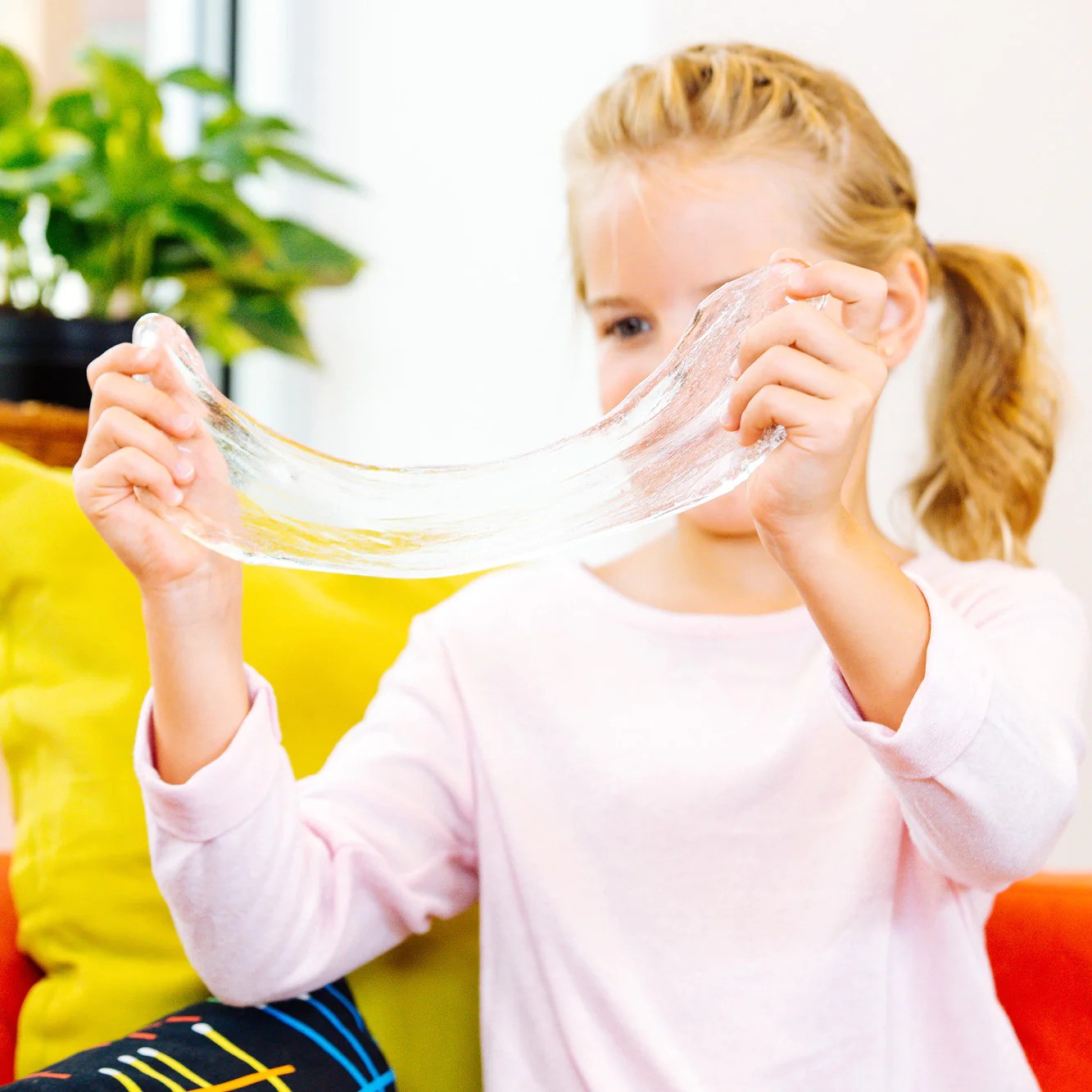

0 thoughts on “How Does Liquid Glass Work”